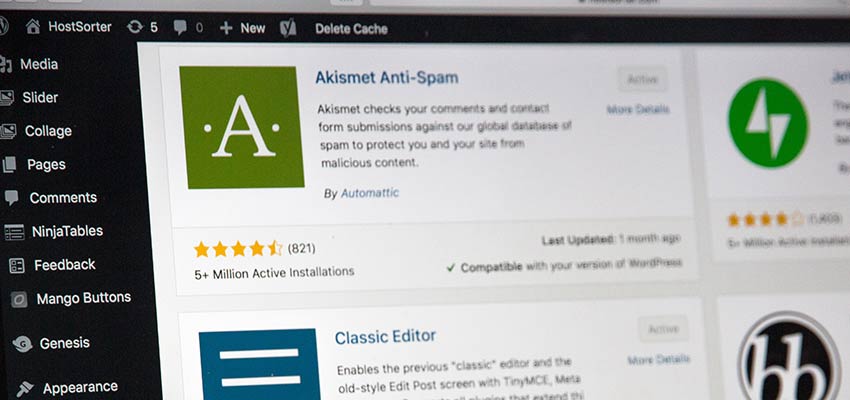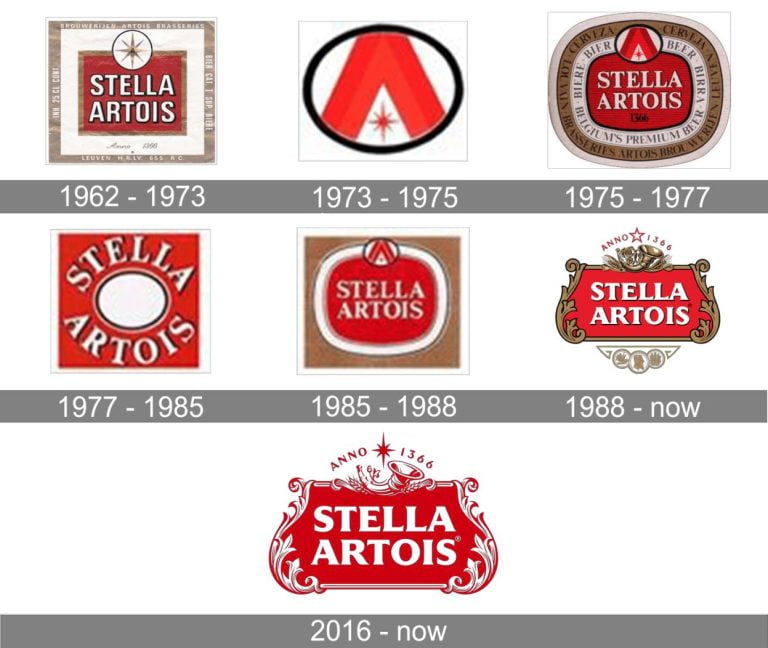The great thing about web development is that there is always more than one way to accomplish something. And WordPress development in particular is a shining example of this.
Need to create a contact form? There are plenty of plugins to do the job, all taking different approaches to the same challenge. And that’s only one common illustration.
Plugins, themes and the custom code you write yourself can take you in any number of directions. There are advantages to this.
For one, you can take whatever approach makes the most sense for you. If it doesn’t work out, you can always switch gears. There is plenty of room to form a strategy and see it through.
However, there are situations where you can think a little too much. Times when you develop a complex plan, only to have overlooked a much simpler solution. It happens to every developer at some point.
So, how can you avoid this virtual minefield? By simplifying! Here are some tips for doing so.
UNLIMITED DOWNLOADS: 500,000+ WordPress & Design Assets
Table of Contents
Sign up for Envato Elements and get unlimited downloads starting at only $16.50 per month!
DOWNLOAD NOW![]()
List Your Project Requirements
The first step in decluttering your approach is to make a list. Think about what you ultimately want to accomplish. From there, think about the steps it will take to make it happen.
Perhaps this sounds a bit obvious – but that’s the point. In development, it’s easy to get caught up in just that desired outcome. When that happens, you may well ignore the details of how you’ll get there.
In my own experience, I’ve found that skipping the details leads to a seemingly-endless search. I’ll look through support forums, trying every answer I can find – regardless of whether or not it’s accurate. More often than not, it requires a trip back to the drawing board to think and plan.
As mentioned earlier, there’s more than one way to get where you want to go. So, think about the most likely steps that will put you on the right path.
You might find that the solution was easier than you initially thought.

Look for Existing Solutions
There’s no need to reinvent the wheel. Once you’ve figured out what you need and how to get there, you’ll want to look for existing solutions that follow suit.
The solutions themselves can range from a code snippet you found on GitHub to a niche plugin. And, since the WordPress development community is massive, the odds are you’ll find more than one potential option.
Not all options are created equal, however. Therefore, it takes a little research to determine which is the best fit for your project.
This isn’t necessarily going to be easy. Plugins can be difficult to judge until you dive in and start using them. And, if it’s a commercial plugin, it may take a financial commitment to fully test the software out.
Code you find from tutorials or support sites are also a challenge. Once in a while you’ll get lucky and find something that does exactly what you want. More often, there will be bits and pieces that will get you only part of the way to your goal. Be prepared to experiment.

Need Something Custom? Start Small.
There are situations where there just isn’t an existing solution that fits your needs. That’s when custom code comes into play.
Writing code is a challenge, even for seasoned developers. But it seems like half the work is in figuring out exactly what needs done. Because, without a clear vision of its scope, you may find yourself doing much more than is necessary.
Thinking about the requirements list we mentioned earlier, this same method can be applied to code. Go into the process with eye towards determining the bare minimum your script needs to accomplish. Once you have that figured out, look at ways you can improve upon it.
Those of us who started out utilizing WordPress plugins for all of our site’s functionality may find this difficult. Why? Because, generally speaking, plugins are fully-formed products. As such, it can distort your thinking a bit when trying to build something from scratch.
Writing code often means building from the ground up. Plugins, on the contrary, are like dropping a pre-fabricated skyscraper into a city. The expectations, especially as you start the development process, should be different.
Remember, there’s nothing wrong with starting small and expanding later on.

Ignore the Noise
We often associate trends with design – but they do show up in development as well. Therefore, you’re likely to be inundated with buzzwords as you research how to build or implement a particular feature. The WordPress development community isn’t immune to such hyperbole.
You’ll undoubtedly run into articles telling you to dump one language for another or go all-in on a JavaScript framework. There are plenty of opinions on which tools you should use and how you should use them. It requires a keen eye to figure out what is legitimate and what is noise.
The problem is that, if we took everyone’s advice, we’d spend our entire life shifting gears instead of getting things done. So, pick and choose the methods and techniques that make the most sense for you.
Maybe it turns out that a new technology is the best option. If not, it’s never a bad idea to stick with what you know.

Keep it Slow and Simple
The web moves quickly, and developers are often compelled to do the same. Yet, all of that rushing around can lead to a lack of critical thinking. In my own journey, that may be the top reason for the struggles I’ve had in WordPress development.
So, instead of jumping from place to place looking for answers, take a little time to think about your options. This, as much as anything, will help you both simplify the process and achieve better results.
This post may contain affiliate links. See our disclosure about affiliate links here.






